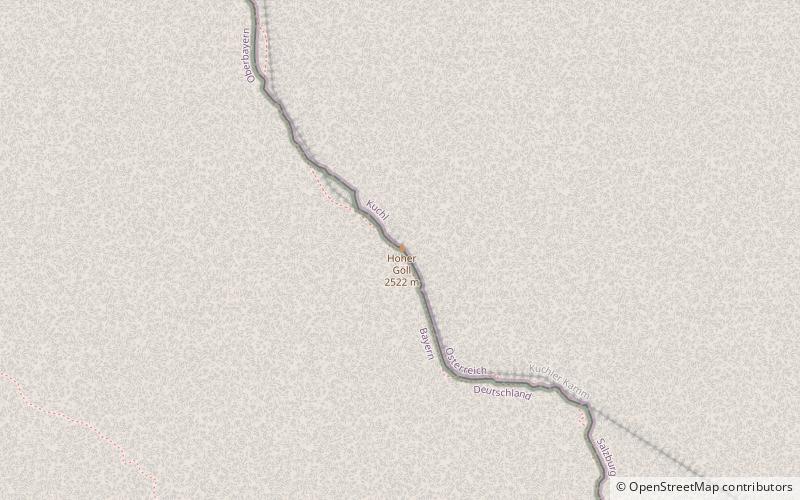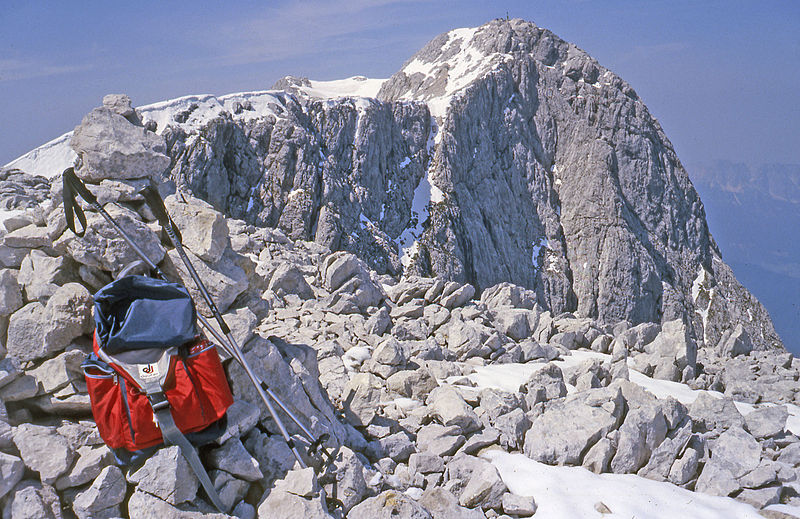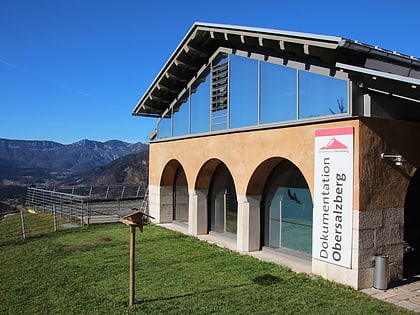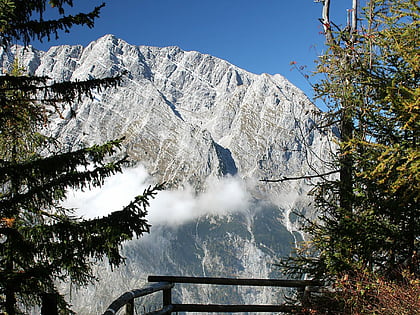Hoher Göll


Facts and practical information
Hoher Göll is a commanding mountain peak that rises majestically along the border between Germany and Austria. Nestled in the Berchtesgaden Alps, Hoher Göll stands at an elevation of 2,522 meters, offering breath-taking views and challenging climbs that attract mountaineers from around the world.
The mountain's rugged terrain and the panoramic vistas it provides of the surrounding alpine landscape make it a popular destination for experienced hikers and climbers. The ascent to Hoher Göll's summit is not for the faint-hearted; it requires a good level of physical fitness and proper equipment, but the reward is an unparalleled sense of accomplishment and sweeping views that extend across the peaks of the Alps.
Hoher Göll's prominence in the region is not only due to its height but also its geological significance. The peak is composed of Dachstein limestone, a feature that imparts a distinctive appearance and contributes to the mountain's challenging climbing routes. One of the most famous routes to the summit is via the Mannlgrat ridge, a demanding trail that offers a combination of hiking and climbing.
The mountain is accessible throughout the year, though the climbing conditions vary with the seasons. Summer months offer clear paths and favorable weather, while winter turns the landscape into a snowy wonderland, with routes that only seasoned alpinists should attempt.
Hoher Göll is also part of the Berchtesgaden National Park, a protected area that ensures the preservation of the natural environment and the diverse flora and fauna that call this part of the Alps their home. The national park's visitor centers provide information about the mountain, its trails, and the necessary precautions climbers should take before attempting the ascent.
Bavaria
Hoher Göll – popular in the area (distance from the attraction)
Nearby attractions include: St. Bartholomew's Church, Dokumentation Obersalzberg, Königssee, Kehlstein.











